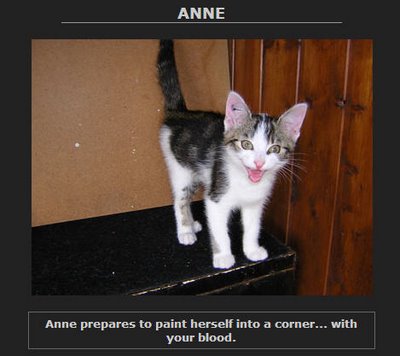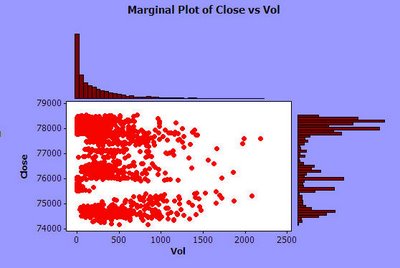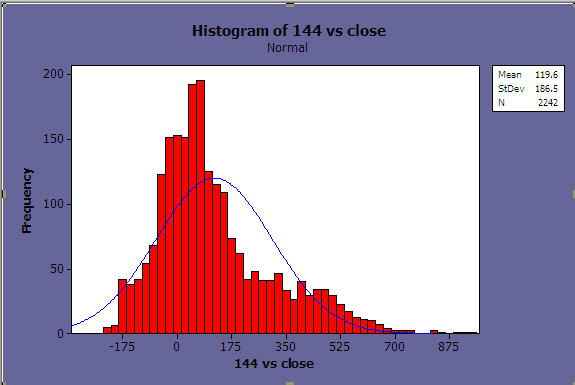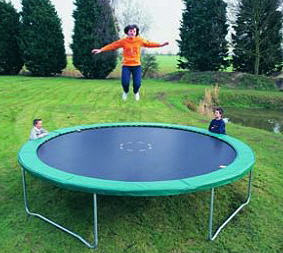
In any examples of trades given on this blog I am not trying to limit you to viewing your own trading to ONLY what is noted by me.
In fact several factors should determine every trade. You should have the trade cornered by having the most angles possible covered.
I am obviously not a professional trading advisor etc, and all blog posts are strictly for informational purposes only and are only intended to be a statement of my personal opinion.
What I mean by painting a trade into a corner is to leave it no way out but how you intend, as much as is practical.
Combining statistical analysis with current technical charts and patterns, fundamental information and risk control are all part of getting the most gains possible from your trading.
Taking one trade after the other that is a 50% chance with equal target and stop losses is a sure loser with slippage.
Example:
Take a trade on an impulse because of a volume spike, hold it despite the spike not holding price or not resulting in a winning trade, deciding you like it for longer term, after glancing at the 60 minute chart.
Here is the graphic of that trade:

Now obviously painting the trade into a corner would run more like this: By using all the information to hand include breadth and momentum indicators, charting patterns, news, other fundamentals, other market influences such as oil or commodities or currencies, volume, and correct leverage and risk control, and any other usual aide to trading covered in a trading plan you have tested.
Don't paint yourself into a corner with an incomplete strategy and trading plan, or impulsive trading.















